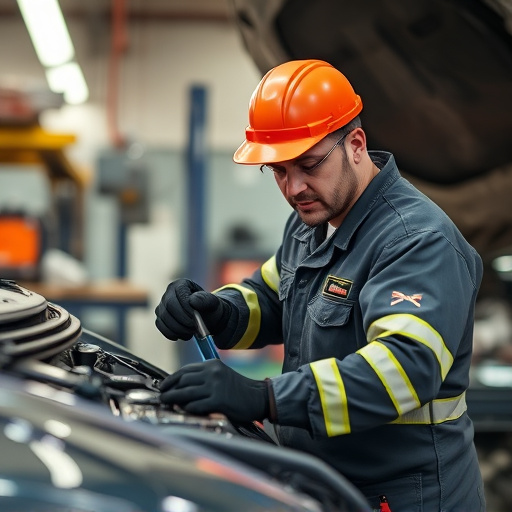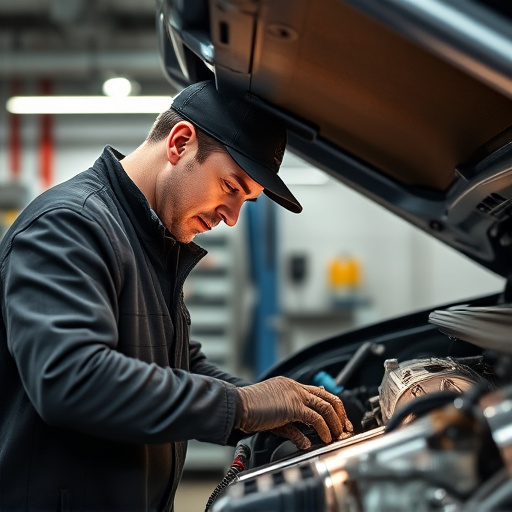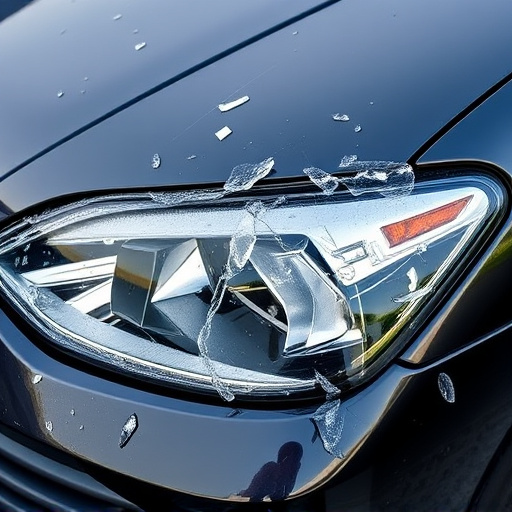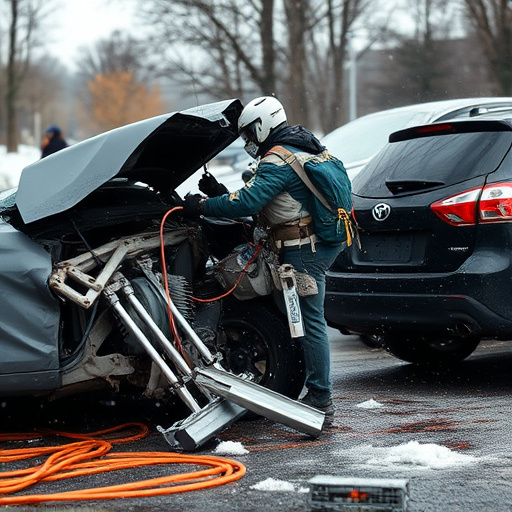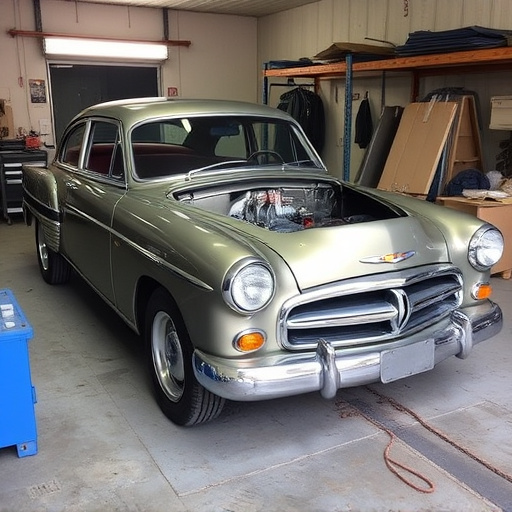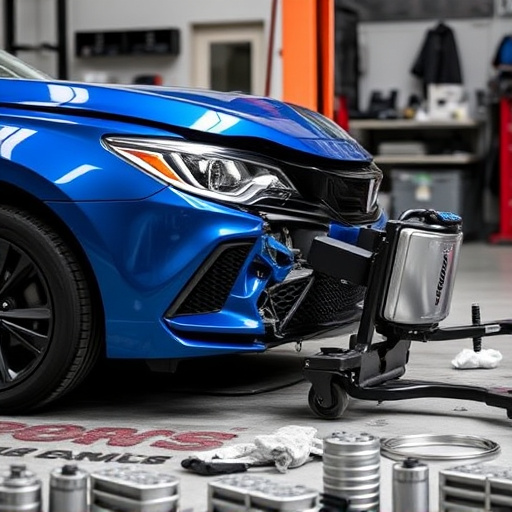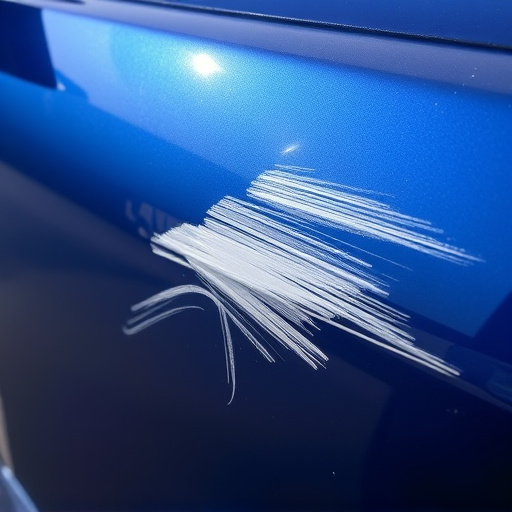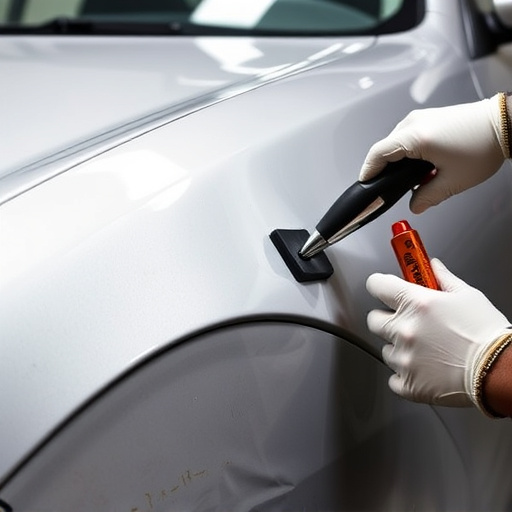Precision collision repair for hybrid and electric vehicles (HEVs) requires specialized skills due to their complex electrical systems. Technicians must carefully navigate high-voltage lines and batteries while using advanced diagnostic tools to minimize disruptions to intricate systems. Specialized training is crucial for achieving top-notch results, preserving functionality, and ensuring safe repairs without causing costly downtime or permanent damage.
In today’s evolving automotive landscape, precision collision repair for hybrid and electric vehicles (HEVs) is a specialized craft. Unlike conventional vehicles, HEVs present unique challenges due to their complex electrical systems and advanced technology. This article delves into the intricacies of understanding HEV differences, exploring the specific challenges in precision collision repair, and highlighting advanced techniques that restore these vehicles to pre-collision condition, ensuring safety and environmental sustainability.
- Understanding Hybrid and Electric Vehicle (HEV) Differences
- Challenges in Precision Collision Repair for HEVs
- Advanced Techniques for Restoring HEVs to Pre-Collision Condition
Understanding Hybrid and Electric Vehicle (HEV) Differences
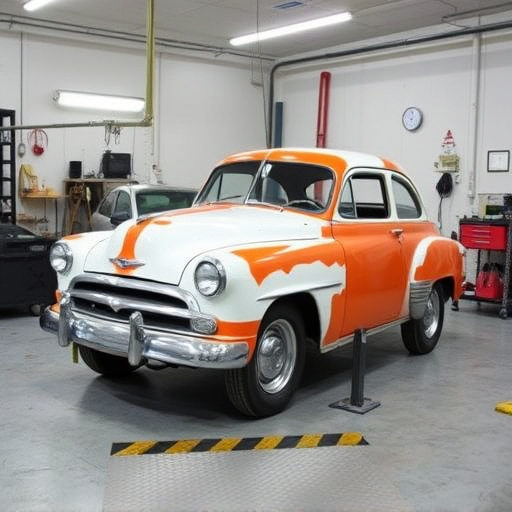
Hybrid and electric vehicles (HEVs) present unique challenges when it comes to precision collision repair compared to their conventional counterparts. Understanding these differences is crucial for technicians to ensure proper and safe repairs. Key distinctions lie in the vehicle’s electrical systems, battery packs, and specialized components like regenerative braking systems. Unlike traditional cars, HEVs require careful handling of high-voltage lines and batteries to prevent any short circuits or safety hazards during repair processes.
When addressing damage such as vehicle paint repair, car dent removal, or auto glass replacement on HEVs, technicians must be adept in using advanced diagnostic tools to locate and isolate electrical components. This ensures that repairs are performed with the utmost precision while minimizing disruptions to intricate systems. Specialized training and knowledge of hybrid and electric vehicle technologies are essential for achieving top-notch results in precision collision repair.
Challenges in Precision Collision Repair for HEVs
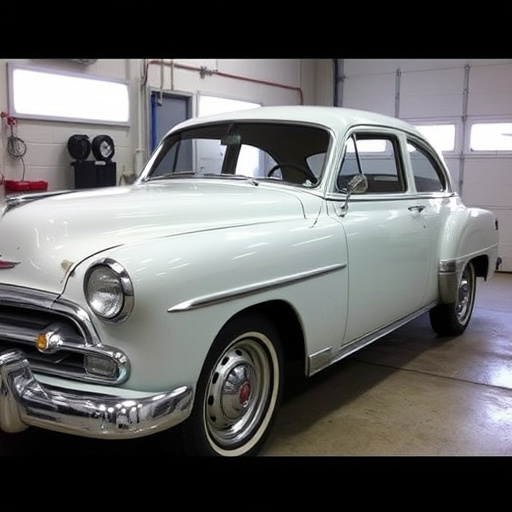
Precision collision repair for hybrid and electric vehicles (HEVs) presents unique challenges compared to conventional internal combustion engine cars. These challenges stem from the intricate electrical systems, high-voltage components, and sensitive electronics integrated into HEVs’ structures. Any misstep during the repair process could lead to costly downtime, safety hazards, or even permanent damage to these advanced powertrains.
Specialized automotive repair services tailored for HEVs are crucial for navigating these complexities. Skilled technicians require extensive training in electric vehicle collision repair, understanding not just the physical aspects of car scratch repair but also the intricate interactions between the electrical systems and the overall vehicle architecture. This specialized knowledge ensures that repairs are conducted safely and effectively, preserving the functionality and efficiency of HEVs.
Advanced Techniques for Restoring HEVs to Pre-Collision Condition
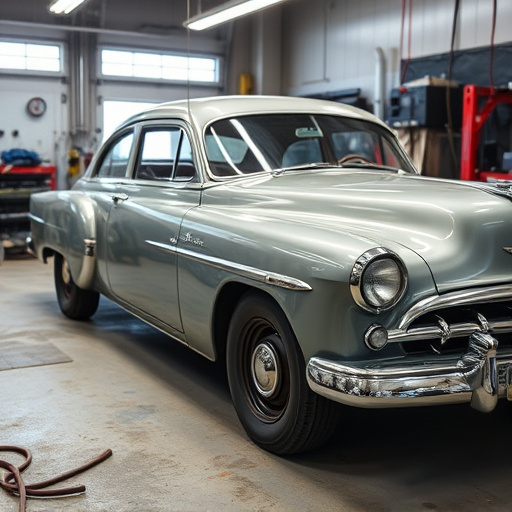
In the realm of precision collision repair, restoring hybrid and electric vehicles (HEVs) to their pre-collision condition requires advanced techniques that go beyond conventional methods. These innovative approaches are designed to maintain the intricate balance between aesthetics and functionality inherent in modern automotive design. Auto body shops specializing in HEVs employ state-of-the-art equipment and rigorous training to address unique challenges posed by these vehicles, which often feature complex, sensitive electrical systems.
One such advanced technique is the use of specialized tools for scratch repair and panel replacement, ensuring minimal disruption to the vehicle’s overall system. Precision welding and painting methods are also crucial in achieving a seamless finish that meets the high standards of original equipment manufacturers (OEMs). This meticulous attention to detail not only restores the car body shop’s pre-collision condition but also enhances its overall performance and safety, making it a true testament to the art of modern collision repair.
Precision collision repair is no longer a niche concern but a critical aspect of vehicle maintenance for hybrid and electric vehicles (HEVs). As these innovative cars become more prevalent on the road, understanding their unique complexities is essential. This article has explored the distinct challenges posed by HEVs in precision collision repair, from their intricate electrical systems to the specialized training required for technicians. However, with advanced techniques and growing industry standards, restorers can now effectively return HEVs to their pre-collision condition, ensuring safety and performance without compromising sustainability.
